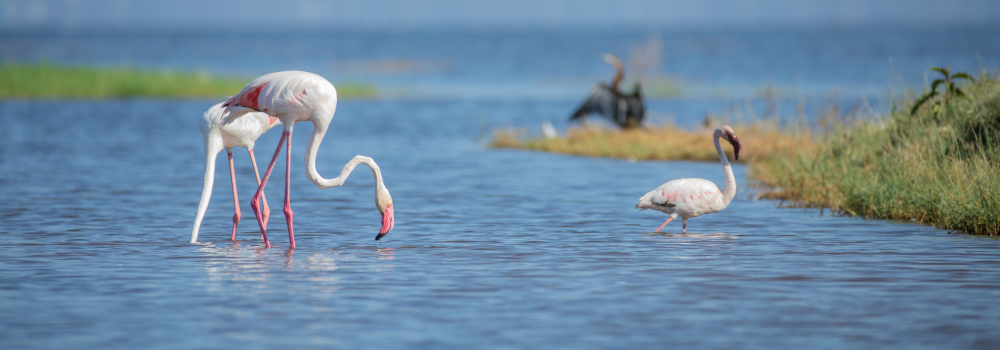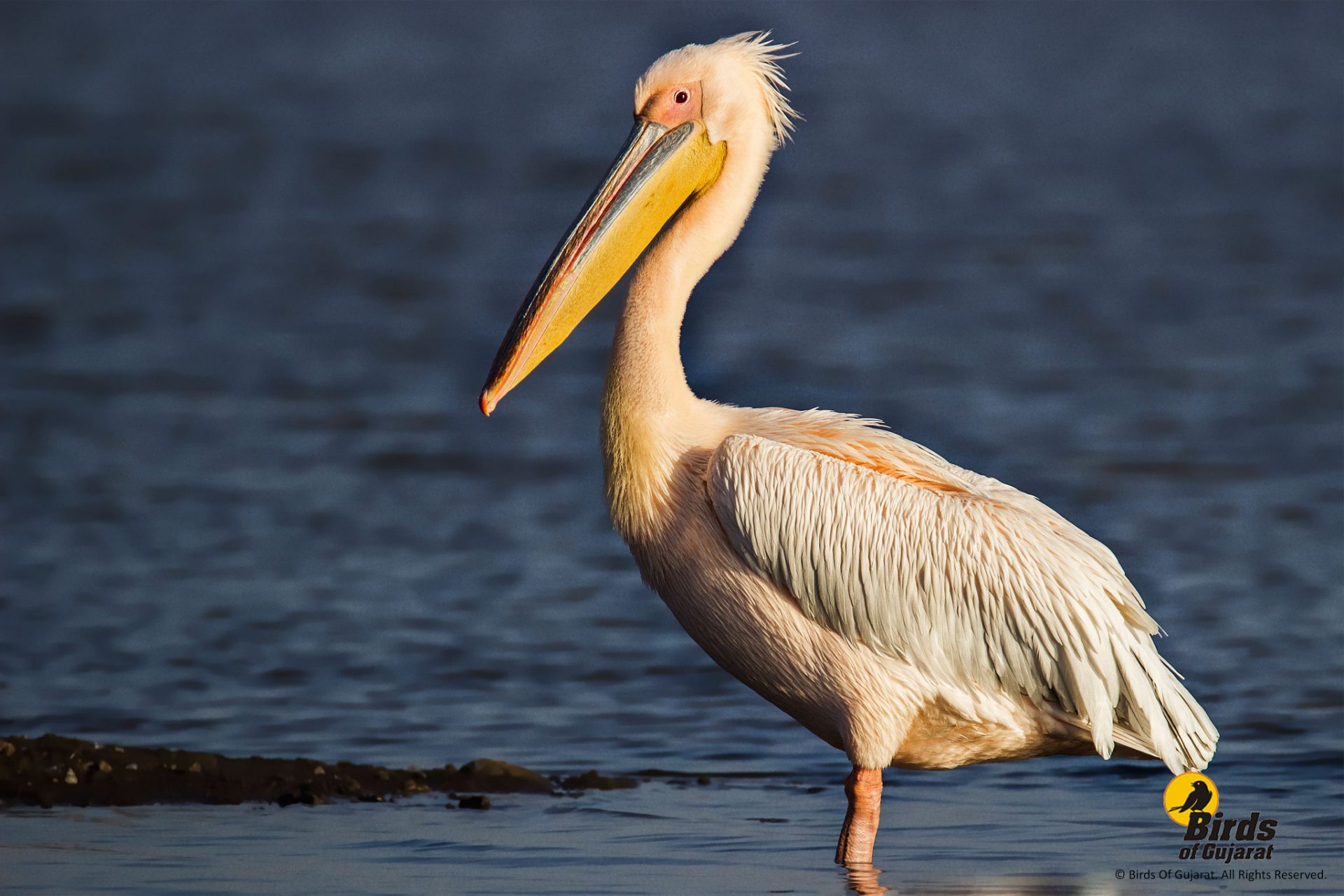You are here:
- Home
- Countries & Parks
- Lake Nakuru National Park
Lake Nakuru NP
Overview
Wildlife
Birds
Best Time To Visit
Weather & Climate
Getting There
Malaria & Safety
Overview
Wildlife
Birds
Best Time
Climate
Getting There
Malaria & Safety

By Fadhili Mlema
Fadhili is a seasoned East African safari expert with 15 years of experience crafting luxurious and authentic journeys. Deeply rooted in the region, his passion for wildlife and tourism has shaped his unparalleled expertise. Let Fadhili curate your ultimate African adventure.
By Fadhili Mlema
Fadhili is a seasoned East African safari expert with 15 years of experience .
- Live Location



- View Photos


- Open Map
Best Time To Go
June to February – Best for wildlife viewing, November – Flamingo numbers often peak, January to February – Excellent for game drives.
High Season
July to February (The Park can be busy)
Size
188 km² / 73 mi²
Altitude
1,755–2,053 m / 5,758–6,736 ft
Lake Nakuru delivers big game in a compact setting. Black and white rhinos thrive here, alongside Rothschild’s giraffes, buffalo, hippos, zebra, and the occasional lion or leopard. With over 400 bird species—and flamingos that turn the lake pink—this park is a dream for both wildlife lovers and birders. Sightings are frequent, photography is rewarding, and every game drive feels rich and effortless.
Lake Nakuru is stunning with its raw, compact beauty. The lake shimmers beneath the Rift Valley escarpment, framed by acacia woodlands, yellow fever trees, and towering euphorbias. Morning mists add a dreamlike glow, especially at dawn. Iconic viewpoints, such as Baboon Cliff and the Out of Africa Lookout, reveal sweeping, cinematic vistas. Makalia Falls brings a peaceful pause, while nearby Menengai Crater deepens the park’s dramatic, volcanic allure.
Game drives are the heart of the Lake Nakuru experience—whether guided or self-driven, they reveal big game, rich birdlife, and ever-changing landscapes. Flamingo-filled shores and raptor-filled skies make birdwatching exceptional, especially in season. Highlights such as Baboon Cliff and Makalia Falls offer stunning vantage points and provide unforgettable photo opportunities. For a more profound connection, exclusive boat excursions from select lodges and custom safaris for photographers and birders unlock the park’s full visual drama.
Lake Nakuru’s high elevation brings mild, comfortable conditions year-round. Days average 24–28°C (75–82°F), with crisp mornings ideal for game drives. The dry season, from June to February, offers clear skies and ideal safari conditions. The wet season (March–May), peaking in April, brings short, scattered showers—rarely enough to disrupt a well-planned adventure.
The best time for wildlife viewing is from June to February, when the roads are dry and the skies are clear. Flamingo sightings peak from November to May, when algae levels are at their highest. For exceptional visibility and photography, January and February offer a unique combination of minimal vegetation and brilliant light, making them perfect for unforgettable game drives.








By Fadhili Mlema
Fadhili is a seasoned East African safari expert with 15 years of experience crafting luxurious and authentic journeys. Deeply rooted in the region, his passion for wildlife and tourism has shaped his unparalleled expertise. Let Fadhili curate your ultimate African adventure.
By Fadhili Mlema
Fadhili is a seasoned East African safari expert with 15 years of experience .
Lake Nakuru National Park is home to an impressive variety of wildlife, with the notable exception of elephants. It is one of the best places in East Africa to see both black and white rhinos, as well as reintroduced populations that now thrive here. White rhinos are especially easy to spot, often grazing along the western lakeshore near the causeway. The park also serves as a vital refuge for the endangered Rothschild’s giraffe, frequently seen browsing the acacia woodlands stretching west of the lake.
- Abundant
- Common
- Occasional
- Rare
- None
- None
- Common
- Common
- Common
- Common
- Rare
- Common
- Occasional
- Occasional
- Occasional
- None
- Occasional
Lake Nakuru is a compact but rewarding park, offering close-range sightings of iconic African wildlife. Tree-climbing lions, elusive leopards, and massive buffalo roam its terrain. In addition to the rhinos and giraffes, the park’s diverse habitat supports a range of other species, including vervet monkeys, olive baboons, black-and-white colobus monkeys, elands, waterbucks, and Thomson’s gazelles. The dense birdlife, including flamingos and pelicans, along with over 400 avian species, makes this park a dream for birdwatchers and photographers alike.
Wildlife viewing is best during the dry season from June to February, when visibility is high and animals are easier to track. Although the park can be visited year-round, heavy rainfall in April and May can reduce road access and make sightings more challenging due to tall grasses. For vibrant flamingo displays and rewarding game drives, January to February offers the perfect window.



- View Photos








By Fadhili Mlema
Fadhili is a seasoned East African safari expert with 15 years of experience crafting luxurious and authentic journeys. Deeply rooted in the region, his passion for wildlife and tourism has shaped his unparalleled expertise. Let Fadhili curate your ultimate African adventure.
By Fadhili Mlema
Fadhili is a seasoned East African safari expert with 15 years of experience .
Notable Birds in Lake Nakuru NP










Birding is rewarding year-round, but the months from November to March stand out for their ideal weather, breeding plumage, and a surge of migratory species. Flamingos are best seen when water levels recede, typically during the late dry season (June to February). With binoculars in hand, every season holds a new avian delight.
Bird Species
450
Migratory Birds
Nov to Apr








By Fadhili Mlema
Fadhili is a seasoned East African safari expert with 15 years of experience crafting luxurious and authentic journeys. Deeply rooted in the region, his passion for wildlife and tourism has shaped his unparalleled expertise. Let Fadhili curate your ultimate African adventure.
By Fadhili Mlema
Fadhili is a seasoned East African safari expert with 15 years of experience .
Jan
Feb
Mar
Apr
May
Jun
Jul
Aug
Sep
Oct
Nov
Dec
- Excellent
- Good
- Fair
- Poor
Lake Nakuru National Park offers rewarding game viewing year-round, but the dry months from June to February stand out as the ideal time for an exceptional safari experience. With crisp skies and minimal rainfall, this season brings clear views of rhinos on the plains, Rothschild’s giraffes in acacia woodlands, and predators near watering holes. From November to March, the lake becomes a birder’s paradise as flamingos and migratory species arrive in breathtaking numbers.
Best Time
From June to February, the ideal for wildlife viewing and trail access prevail, while November to March marks the peak birding season.
High Season
July to February (Popular months with higher visitor numbers and vibrant wildlife activity)
Low Season
April and May (Peaceful, lush, and quiet – with lower rates and fewer crowds)
Best Weather
June to February (Dry skies, cool temperatures, and open landscapes)
Worst Weather
April and May (Heavy rainfall can limit access and reduce visibility)



- View Photos








By Fadhili Mlema
Fadhili is a seasoned East African safari expert with 15 years of experience crafting luxurious and authentic journeys. Deeply rooted in the region, his passion for wildlife and tourism has shaped his unparalleled expertise. Let Fadhili curate your ultimate African adventure.
Lake Nakuru enjoys a mild, pleasant climate year-round, thanks to its elevated location. Daytime temperatures typically range from 24°C to 28°C (75°F to 82°F), while early mornings and nights can be chilly, requiring warm layers for game drives. Rainfall is moderate and seasonal, with the heaviest showers occurring from March to May. Even during the wettest months, rain tends to fall in short bursts, and the park remains accessible.
- Expect sunny skies, cool mornings, and clear game-viewing conditions.
- Afternoon highs reach 24°C (75°F); early mornings can drop to 11°C (52°F).
- January and February are warmest, with peak temperatures above 25°C (77°F) and crisp mornings around 12°C (54°F).
- The dry season offers the best wildlife sightings—short grass, fewer water sources, and unbeatable visibility.
- The landscape turns lush with scattered rains—April sees the heaviest showers.
- Rainfall is often brief, with long breaks of sunshine and blue skies.
- Daytime temperatures stay mild at 25°C (77°F); mornings hover near 12°C (54°F).
- A rewarding season for birders, photographers, and travellers seeking serenity amid fewer crowds.
- Live Location



- View Photos








By Fadhili Mlema
Fadhili is a seasoned East African safari expert with 15 years of experience crafting luxurious and authentic journeys. Deeply rooted in the region, his passion for wildlife and tourism has shaped his unparalleled expertise. Let Fadhili curate your ultimate African adventure.
- Main Park Location
International travellers should book flights to Jomo Kenyatta International Airport (NBO). Kenya Airways and several global carriers operate frequent flights into Nairobi. Once your flight is confirmed, kindly share your travel details with your safari consultant to ensure seamless coordination.
There are currently no scheduled flights to Lake Nakuru. However, we can arrange private charter flights upon request to tailor your itinerary and enhance your safari experience.
› No scheduled flights
› Charter flights available on request
Please refer to our FAQ – Kenya page for up-to-date information on passport validity, visa application, vaccination requirements, and other essential travel documents.








By Fadhili Mlema
Fadhili is a seasoned East African safari expert with 15 years of experience crafting luxurious and authentic journeys. Deeply rooted in the region, his passion for wildlife and tourism has shaped his unparalleled expertise. Let Fadhili curate your ultimate African adventure.
Lake Nakuru National Park is widely regarded as a safe destination, especially when exploring on a guided tour. Crime is virtually nonexistent within Kenya’s national parks, with occasional incidents limited to urban areas. When passing through cities, standard safety precautions are advised. Within the park, guided safaris are conducted by experienced professionals who ensure a secure and seamless adventure through the Great Rift Valley.
Malaria is present in the Lake Nakuru area, a shallow soda lake in the Rift Valley. Before travelling, several vaccinations are recommended. To minimise risk, travellers should take antimalarial medication, apply mosquito repellent with DEET, and cover exposed skin in the evenings.
Wildlife viewing in Lake Nakuru is generally safe, provided you follow all park regulations and pay close attention to your guide. These experts are trained to ensure your safety while maximising your wildlife experience.
Discover Lake Nakuru Tours
to
pp (USD)
Kenya:
Private tour,
Semi-Luxury,
- 12 days
- 6 places
to
pp (USD)
Kenya:
Private tour,
Mid-Range,
- 12 days
- 6 places
to
pp (USD)
Kenya:
Private tour,
Luxury,
- 12 days
- 6 places

